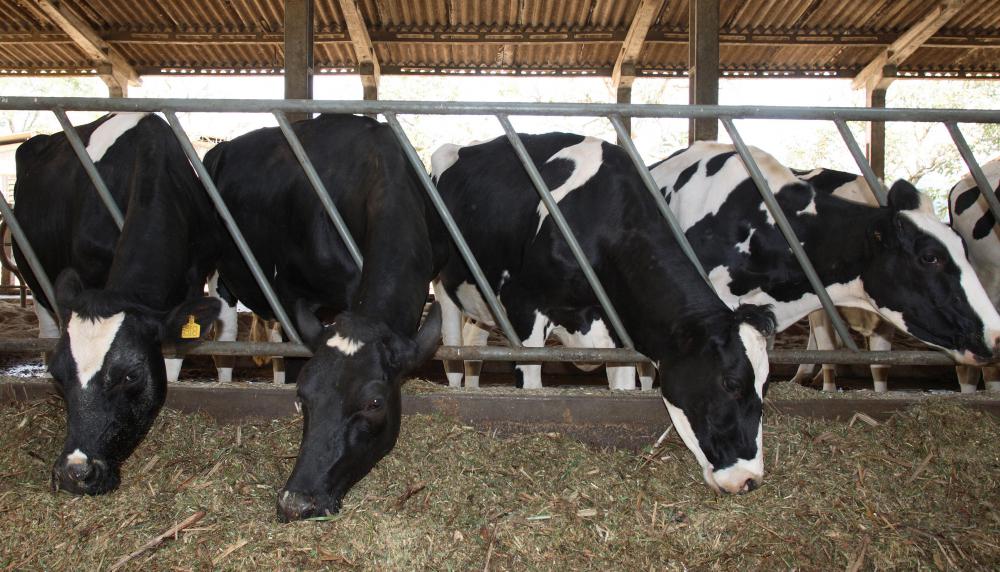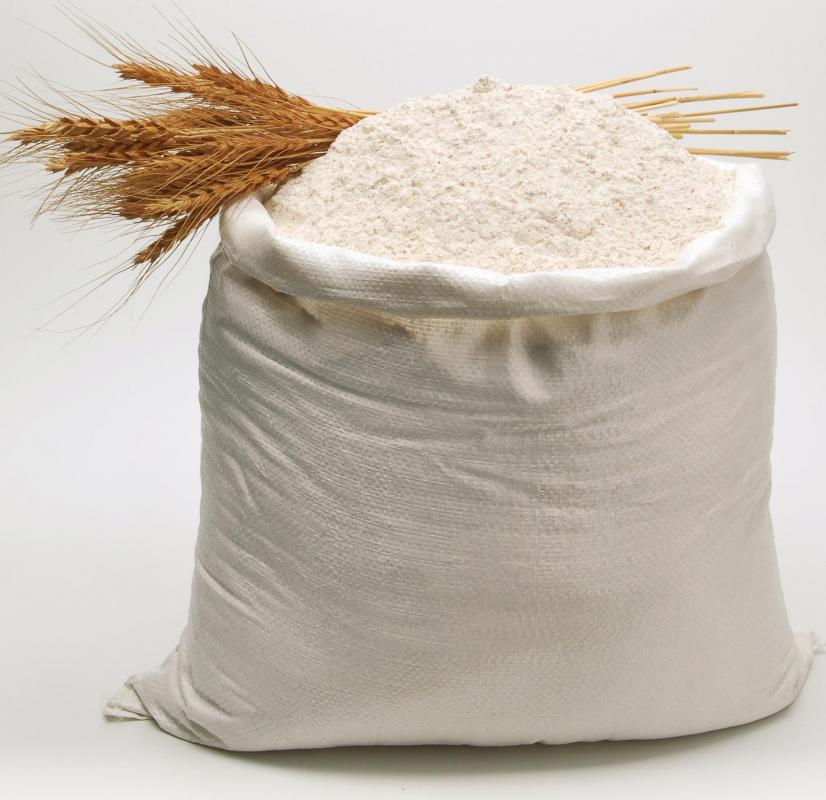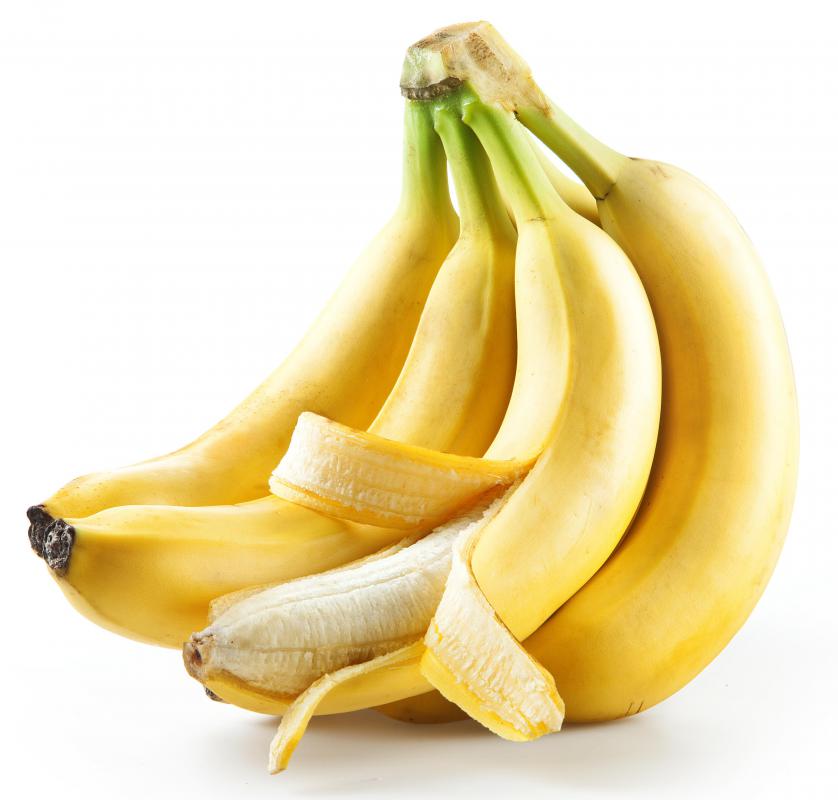At TheHealthBoard, we're committed to delivering accurate, trustworthy information. Our expert-authored content is rigorously fact-checked and sourced from credible authorities. Discover how we uphold the highest standards in providing you with reliable knowledge.
What are the Different Types of Enzymes in Food?
Enzymes are proteins created by cells to trigger biochemical reactions. They are catalysts for specific chemical reactions that produce or process food. While enzymes in food occur naturally, enzymes in food also are put there by the food industry to do such things as make bread rise, provide flavor to dairy products, and help extract juices from fruits and vegetables. Their use is increasing for several reasons, including their relatively low cost and natural roots that make them popular with consumers who don’t want a bunch of unpronounceable chemicals in their foods.
Many enzymes in food appear in commercial baked goods. The enzyme amylase is often used to strengthen the quality of the wheat flour used in bread. The gluten in wheat flour provides bread with its chewy consistency, but bakers sometimes add amylase to remove or reduce gluten to produce crisp products such as cookies and crackers. Amylase also converts starch into cane or beet sugar to use as a sweetener in food.

When it comes to dairy products, food enzymes such as lipase are particularly useful for producing creamy textures and buttery flavors in cheese. A combination of peptidases and proteases can make the flavor richer in both hard and soft ripe cheese. Protease also increases emulsification and water absorption in cheese. Milk and milk proteins also make use of enzymes in their production; trypsin and chymotrypsin hydrolyze milk and cut down on bitterness in milk proteins. This enhances both taste and nutritional value in dairy products.

Fruit juices and wine wouldn't be nearly so easy to produce without enzymes such as pectinase. This plant enzyme has multiple uses, including making oranges easier to peel and to extract juices from. Cellulase and beta-glucosidase are used in macerating fruits and vegetables such as mangoes and carrots, and can improve overall yield in later brewing. Later on, when the fruits are brewed into juices and wines, enzymes such as glucanase and xylanase are added to extract flavor from botanicals. Pectinase also improves the flavor of white wines and aids in extracting juice from the grapes.

Enzymes in food — such as protease, acid protease and carbohydrase — are frequently used in processing of proteins, whether found in meats, eggs, grains such as wheat flour, soy, peas, yeast, or corn. Enzymes in food are said to improve plant extraction yields by 5 percent to 20 percent. Enzymes aid plant products in digestive support. Meats are also made more palatable by enzymes that enhance flavor, food solubility, and digestibility. Glucose oxidase and proteinase also improve the appearance of eggs by preventing browning, and make them easier to cook with by allowing them to foam more easily when beaten.
AS FEATURED ON:
AS FEATURED ON:













Discuss this Article
Post your comments